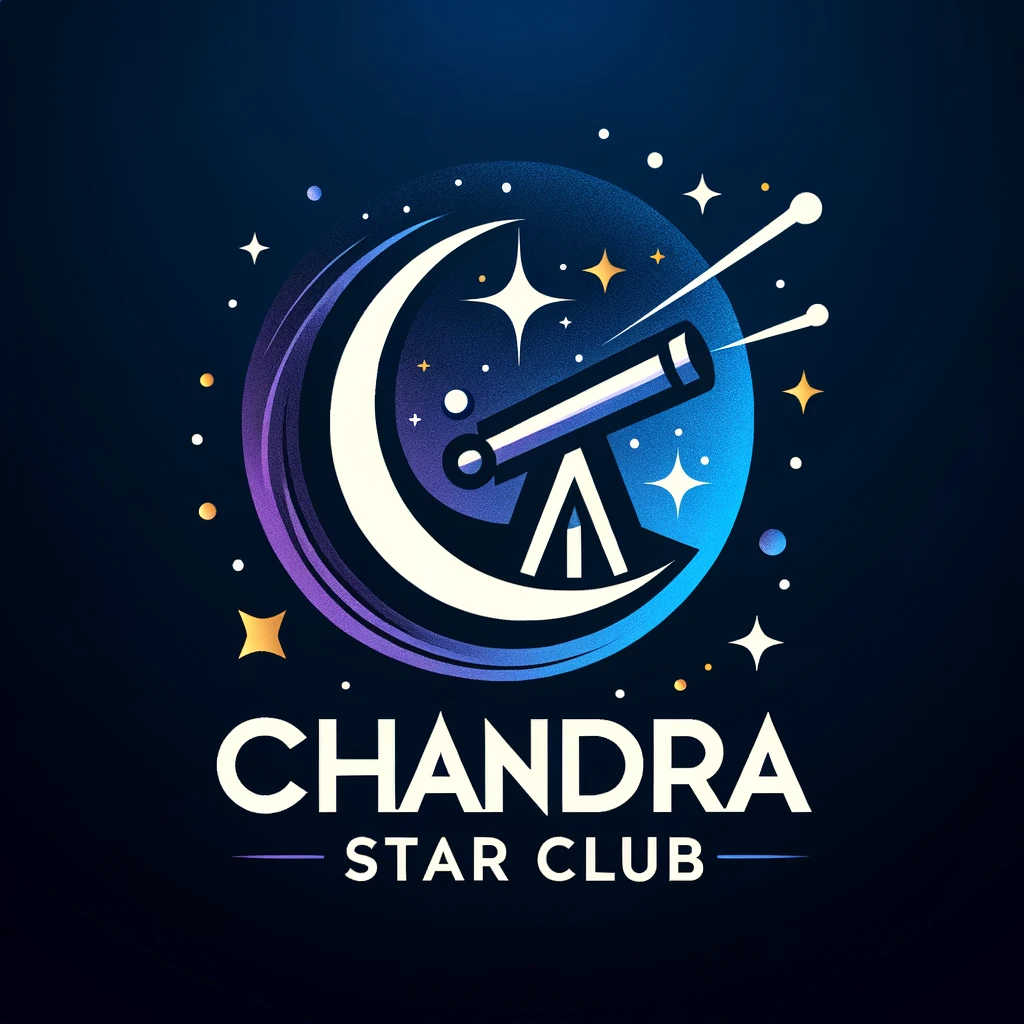Central University of Himachal Pradesh
Central University of Himachal Pradesh
Foundation Week Lecture
Organized By: Department of Physics and Astronomical Science
On: 28-Jan-2022
TITLE: “Variability of our nearest star, the Sun, and its impact on our life:”
by
Prof. Dipankar Banerjee, Director ARIES**
Department of Physics and Astronomical Science (DPAS) at Central University of Himachal Pradesh (CUHP) organized on 28-01-2022 an online webinar in the series of CUHP Foundation Week celebrations. Prof. Dipankar Banerjee, Director, Aryabhatta Research Institute of Observational Sciences (ARIES) as an invited speaker talked on the topic “Variability of our nearest star the Sun and its impact on our life”. Due to another important assignment of Hon’ble Vice-Chancellor Prof. S.P Bansal, the program was presided over by Prof. Vishal Sood, Dean, School of Education, Registrar Incharge of CUHP. The interaction session was moderated by Prof. Bhag Chand (Senior Professor of DPAS) and was also graced by the presence of Prof P. K. Ahluwalia, Prof. O.S.K.S Sastri, Prof. Hum Chand, Dean of Physical and Material Sciences, including all the other faculty members and students of the DPAS and other Departments of the university and outside. More than 60 participants were present during this lecture. The session began with the welcome address and opening remarks by Prof. Vishal Sood. He highlighted the impact of the Sun and solar system on social life along with drawing a nice analogy of astronomical science structure in our solar system with that of the prevailing system in social science. He also congratulated DPAS for organizing this lecture on such a fascinating topic.
The eminent speaker Prof. Dipankar Banerjee was introduced by Prof. Hum Chand, who highlighted a few key roles and achievements of the speaker, which include his leading role in (i) the cutting edge research Institutes like ARIES as Director, (ii) Astronomical Society of India as President, (iii) digitizing the solar observation data based on Kodaikanal Observatory for over 100 years, (iv) the upcoming space mission like Aditya-L1 (e.g see speaker webpage here ). He also emphasized on the future vibrant collaboration between CUHP and ARIES under the recently signed MOU. He stressed on the collaborative research and development projects such as establishing observational facilities also at CUHP with the huge expertise of ARIES scientists in this field.
Prof. Dipankar expressed his gladness to be the Key Speaker for this Foundation Day Lecture and his willingness to promote astronomical sciences in the DPAS of CUHP. For this purpose, Prof. Dipankar has devoted his second half of the talk to highlight the facilities of ARIES. In the first half of the talk, Prof. Banerjee introduced the exciting features of Sun covering both non-technical as well as advanced technical developments in the field. He emphasized that the Sun being the closest star is the only laboratory for astronomical sciences which allows us to study the star in detail with a high level of precision. He mainly focused his talk on the heat and light variability of the sun and demonstrated that the Sun, like other stars, is a very dynamic star, which is always active and changing. He also said that the more we learn about the Sun, the more we learn about all the stars. The sun also offers an ideal laboratory for Plasma, Atomic, Particle, and Nuclear Physics. He also demonstrated this by showing movies of the active region of the Sun.
The speaker also highlighted the key role played by the total Solar Eclipse to study the extended region of the Sun called Corona. Further with the use of space telescopes, scientists create an artificial total solar eclipse by using coronagraphs and studying all the exciting phenomena happening due to the Sun all the way from Sun to the Earth. These studies have a large social impact. For instance, the exact prediction of the solar wind from the Sun is extremely important to ensure the safety of the various precious satellites in space, which are an integral part of day-to-day social activities.
The exciting details about the Sun based on the combination of observations from the Ground and Space-based observatories were also demonstrated. Besides these observational aspects of the Sun based on state-of-the-art facilities, the speaker delighted the audience about the present understanding of the scientists to explain these observations. Especially the key role played by the magnetic field was illustrated to explain the sunspot observations whose numbers show a periodic behavior 11 years. It was amazing to note that based on the Kodaikanal observatory the research group led by the speaker has created the famous sun-spot butterfly diagram using data compiled over 100 years, which now acts as a unique database for research across the globe in solar research. Finally, Dipamkar encouraged the researchers and students of CUHP to use ARIES facilities; he gave an overview of the national facilities operated by ARIES. Among them, notable are India’s largest optical telescope namely the 3.6m ‘Devasthal Optical Telescope (DOT)’, and the India highest altitude Aerosol and St-RADAR facilities at ARIES. All faculty members and students of DPAS were excited to hear about the full support expressed by the Director of ARIES to explore the use of these facilities in their research by collaborating with ARIES scientists for which CUHP and ARIES have already also signed the MoU.
The final part of this foundation week lecture consisted of a question-answer session, as there was a flurry of questions from the audience which were both non-technical and general type as well as some technical questions from DPAS faculties, ranging from nucleosynthesis in the interior of the Sun to solar neutrino problems. The speaker patiently replied to all the queries to the satisfaction of the audience. The 1.5hr long session finally concluded with a vote of thanks by the moderator Prof. Bhag Chand Chauhan on behalf of the Department of Physics and Astronomical Science and CUHP.
` `More detailed video of the talk on our departmental YouTube channel.
